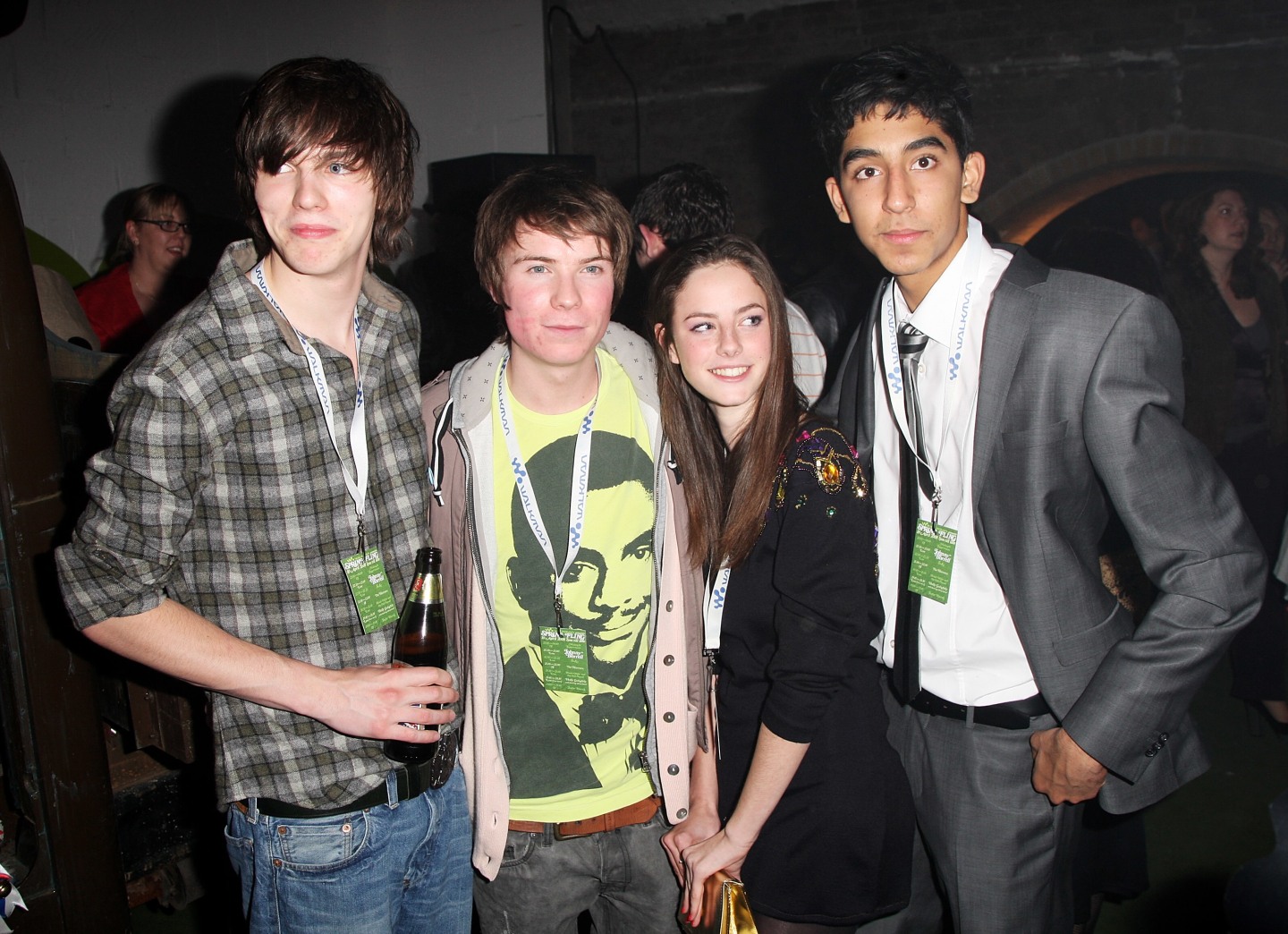 Illustration by Cady Siregar
Illustration by Cady Siregar
When Tumblr debuted in early 2007, I was a sophomore in high school that desperately wanted to run away to Williamsburg. It was the height of what’s now referred to as indie sleaze, where the alienated alt kids would reblog Cobrasnake’s blown-out party photos of glamorous, half-lucid It Girls. Like the other alt-girl aspirants I knew, I practiced smudging my eyeliner and bought American Apparel bodysuits in preparation, because California was too warm for an oversized fur coat and no one dealt anything harder than oregano-cut weed. And while we impatiently waited to finally turn 18, we sweated and starved to look like Sky Ferreira and Cory Kennedy, inspired to eat 800 calories and work out three hours every day at the behest of Tumblr’s pro-ana (pro-anorexia) blogs. It was a fucked-up time that fucked-up our metabolisms, but none of us cared. We just thought about thigh gaps, ate rice cakes, and repeated Kate Moss’ infamous mantra in our heads: “Nothing tastes as good as skinny feels.”
Nearly 20 years and many specialized therapy sessions later, I was concerned and more than confused by the numerous tweets proclaiming the return of "2014 indie sleaze” skinny. As a quick clarification, the majority of pro-ana Twitter threads are mistakenly using indie sleaze to describe a 2010s Tumblr trend known as soft grunge. But the mistaken use of terms like “Tumblrcore indie sleaze” isn’t the point. Rather, it’s the hundreds of thousands of Gen Z Twitter users liking the exact same rib-cage photos, disturbing “motivational” quotes, and GIFs from the British television show Skins that kept us from eating for the sake of our own thigh gaps.
It turns out that eating disorders are not just back but are being encouraged by a community of young Gen Zers posting the same pro-ana Tumblr photos I saw when I was a teenager. It’s become so prevalent that it’s caught the attention of concerned users outside of the rapidly growing community, who’ve been tweeting about how “we’re really reliving tumblr 2014 indie sleaze, ed madness.” This time, they’re just using the hashtag #edtwt, the kaomoji “𖦁,” or a red ribbon emoji, as well as spelling words like “di3t” and “3ating disord3r” to circumvent moderation.
 The cast of 'Skins' in 2008.
Photo by Dave Hogan/Getty Images
The cast of 'Skins' in 2008.
Photo by Dave Hogan/Getty Images
For the millennials that were “patient zeros” of Tumblr thinspo, like Lina Abascal, the author of Never Be Alone Again: How Bloghouse United the Internet, it’s been “really scary” and disheartening to see a decade-long push for body diversity and positivity seemingly dissipate overnight. “But it also doesn't surprise me, because I also think the pendulum is swinging in terms of political correctness,” she says.
Abascal theorizes that edgelord culture and the dirtbag left have influenced Gen Z to take on a “less hyper-politically correct” stance: Since these teenagers didn’t live through the initial wave of pro-ana discourse, a lot of this could be seen as part of a concerted effort to “try and be counterculture,” adds journalist Taylor Lorenz.
As the author of Extremely Online: The Untold Story of Fame, Influence, and Power on the Internet, Lorenz points out that 2014 was around the time the mainstream internet began rejecting the glamorization of eating disorders and other problematic beauty standards. At the time, people were becoming increasingly vocal and aware of issues related to sociopolitical injustice, systemic racism, and intersectional feminism, as social awareness and online feminist activism became a huge topic of discussion. With constant Twitter discourse championing body positivity by platforming models like Tess Holliday and lauding Dove’s “Real Beauty” campaign, the pro-ana community became much quieter. But Abascal notes that pro-ana content never went away — it was just relegated “to the fringes” of the internet, as we championed “pseudo-body positivity” out loud while holding an unspoken preference for the ‘90s heroin-chic look.
“Since these teenagers didn’t live through the initial wave of pro-ana discourse, a lot of this could be seen as part of a concerted effort to ‘try and be counterculture.’”
That said, per Lorenz, the current resurgence of wanting to be skinny is “100 percent a result of the glamorization of Y2K and early-aughts culture.” While pro-ana content has always been around, it’s become “emboldened,” she says, by Gen Z’s romanticization of an era where stars like Nicole Richie and Christina Aguilera were routinely fat-shamed. Simultaneously, there’s also the normalization of “weight loss” drugs like Ozempic and the internalization of backward political rhetoric being spouted by right-wing pundits like Andrew Tate on Elon Musk’s unmoderated Twitter, which make for an environment that promotes regressive views on weight.
Many people are “viewing this [toxic aughts] media without the context of people back then saying it's horrible,” Lorenz says. “So now, they're just viewing these images, not understanding the discourse that those images incited. They're sort of consuming them aspirationally and devoid of context. [It’s] something that’s just warping the perception of idealized lives, bodies, and girls.”
“What's happening on Twitter right now is like eating disorder Tumblr on steroids,” Lorenz continues, adding that she’s never seen so much “blatant eating disorder content” on any platform in her entire time online.
“And just so openly,” she says. “Before, it was always sort of like people spoke in more coded language. But I feel like the mask is off now.”
If you or someone you know is struggling with an eating disorder, you can call the National Eating Disorders Association Helpline at 800-931-2237, text “NEDA” to 741-741, or click here to chat.